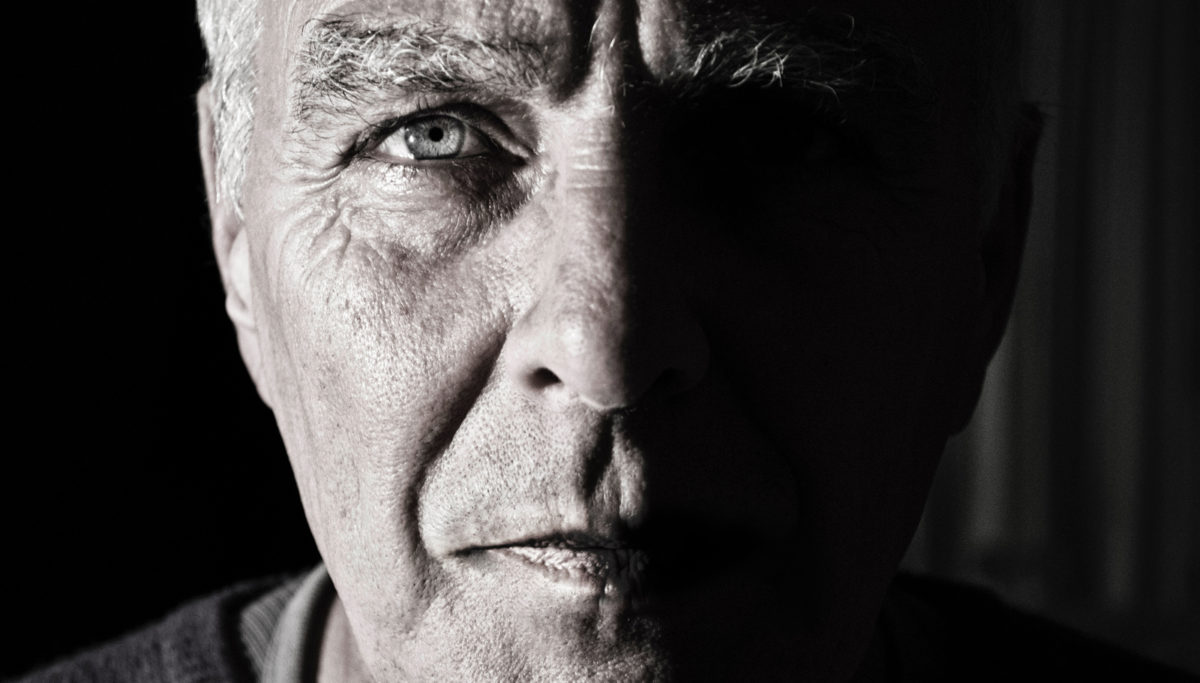The face is the primary site for the display of feelings and nonverbal effects. In “Unmasking the Face: A Guide to Recognizing Emotions from Facial Expressions,” Paul Ekman and William V. Friesen provide research that supports and expands on the observations of Charles Darwin. Darwin believed that facial expressions were transcultural. Ekman and Friesen confirmed this and analyzed how every muscle in the face works, relative to six transcultural facial expressions. Their results provide “facial blueprints” which will improve your ability to spot emotion in others and help you become aware of what your facial muscles are saying about your feelings. We know that each of these facial expressions has the same meaning in Canada and in Japan. Some researchers think that facial expressions are subject to involuntary responses.
Six basic facial expressions and their various combinations are revealed in three major facial areas. The six expressions are: surprise, fear, disgust, anger, happiness, and sadness. These expressions may appear in combinations. For example, surprise and fear or happiness and surprise may be simultaneous. They may also appear so quickly that you have to be looking for these facial expressions or you’ll miss them.
The three major facial areas are the brow, the eyes, and the lower face. To get an accurate reading of the facial expression, you need to observe the characteristics of the three facial areas. Practice observing the facial expressions of television characters. This exercise will make it easier and more helpful for you to recognize the feelings displayed in photographs.
You can also recognize your feelings by observing your own facial expressions. Your feelings can be responsible for awesome success or terrible failure. Yet Ekman and Friesen say, “We know less about our feelings than we do about our teeth, our car, or our neighbor’s escapades.” You will benefit by practicing the facial expressions with a mirror. When you make facial expressions, your body will know what they mean.






